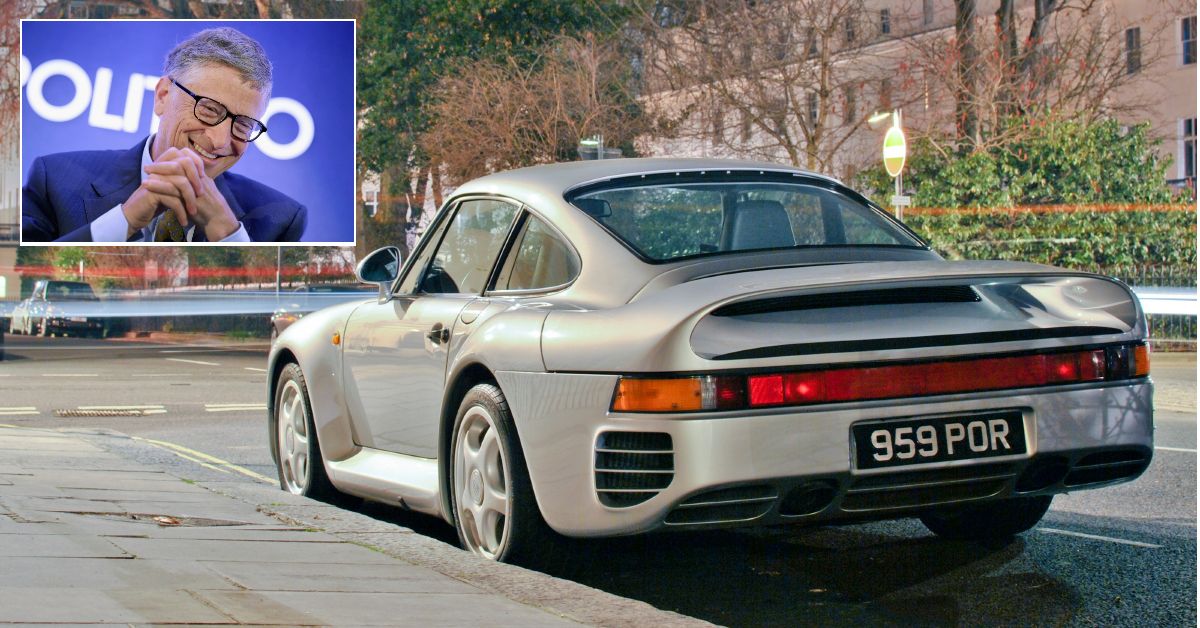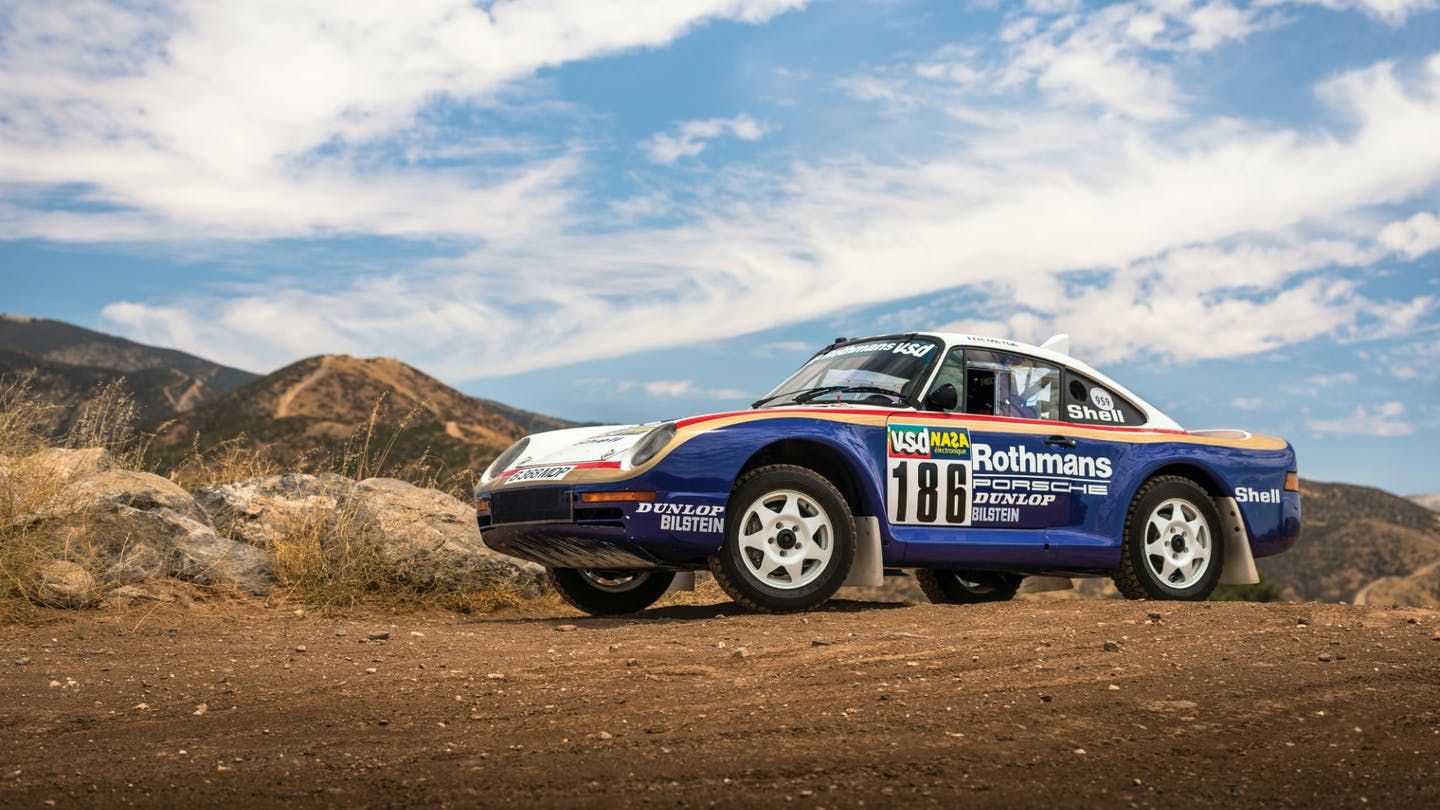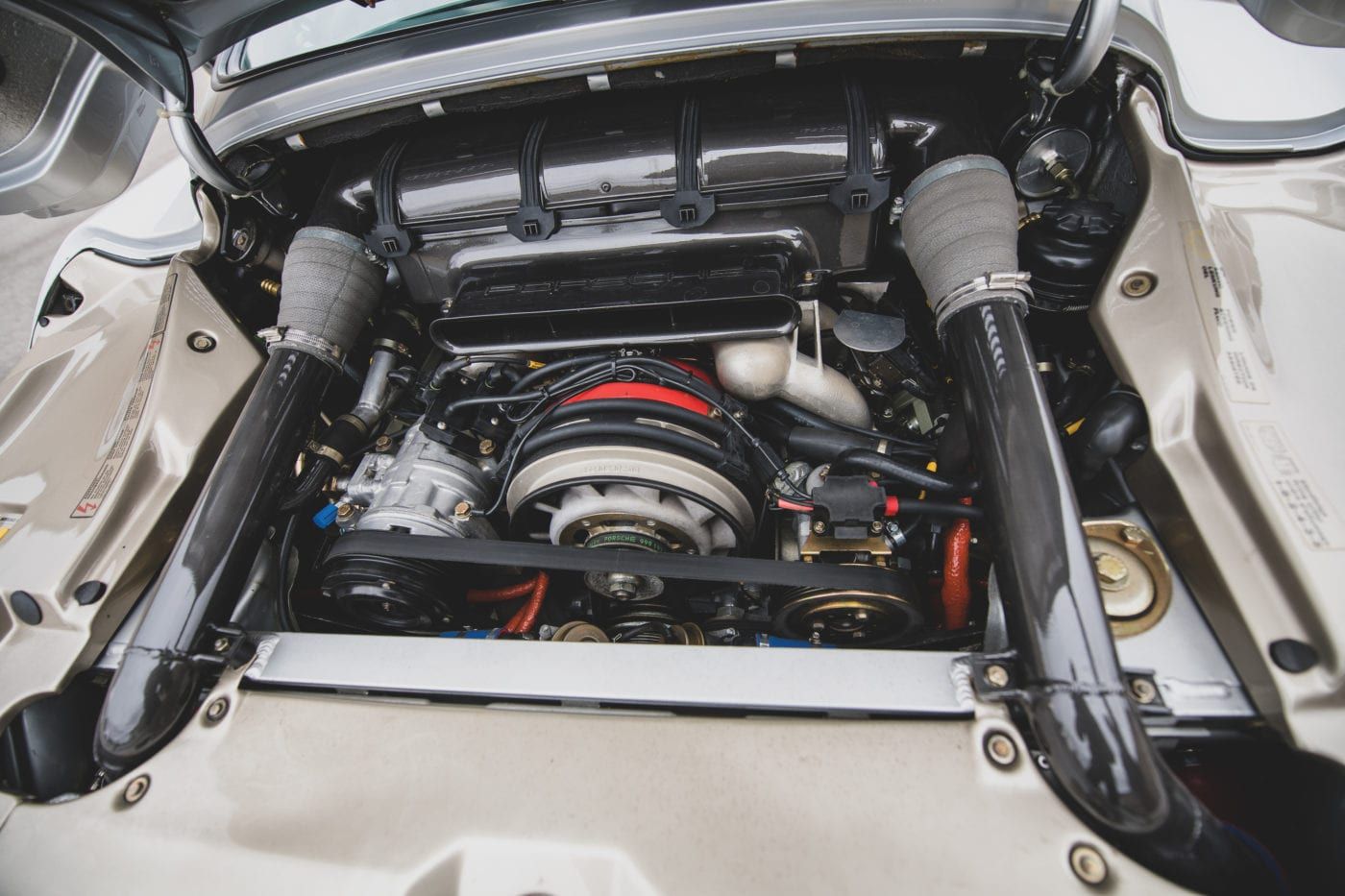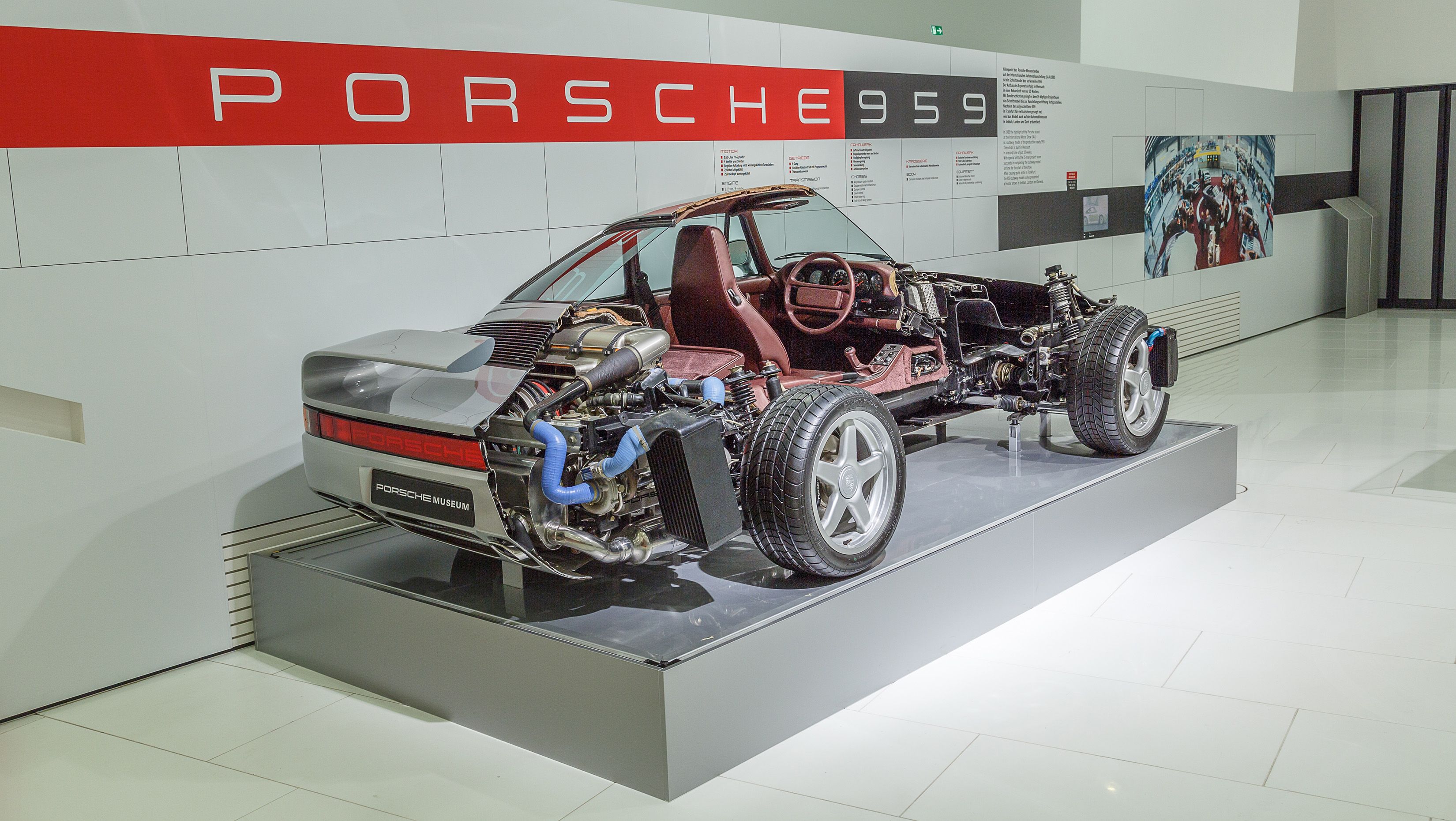These days, Bill Gates pops up most in the news thanks to absurd conspiracy theories linking him to coronavirus vaccine development and intravenous GPS tracking devices. But keep in mind that the on-again-off-again wealthiest man in the world made his fortune in the 1980s and 90s by revolutionizing the computer industry and has since pledged to give it away as part of his ongoing philanthropic work.
As much as Gates changed the world by bringing Microsoft to life, to gearheads he'll always be a bigger legend because he went to bat with the entire United States government just to be able to drive a supercar he liked, the Porsche 959.
How did Bill Gates fight the powers that be? Well, the story goes back to an earlier time in the history of importation laws and, in many ways, goes hand-in-hand with the story of Porsche's survival and growth into the massively profitable industry leader that it is today.
An Actual Dream Car
When Porsche released the 959 in 1986 it was, without exaggeration, the most technologically advanced car in the world. The 959 was developed as a sort of exercise to prove that the 911's rear-engined layout could advance into the future—rather than being replaced by the 928, as was Porsche's original plan before American Peter Schutz took over as the company's CEO in 1980. Part design and engineering study, part Group B rally racecar, the 959 burst onto the automotive scene with a massively powerful, twin-turbocharged flat-six that featured water-cooled cylinder heads and routed 444 horsepower and 369 lb-ft of torque to all four wheels.
Capable of sprinting to 60 miles per hour in 3.6 seconds and achieving a top speed of 196 miles per hour, the 959 was a world-beater in terms of all out speed. But it was also daily driveable thanks to adjustable ride height and suspension settings—this was the whole plan for Porsche, a company that was split between the air-cooled history of the 911 and the increasingly stringent emissions requirements emerging as time chugged along into the 1990s.
Problems Piling Up For The 959
The 959 was so complex that Porsche lost somewhere around $500,000 for each one sold—and didn't even get to race it in Group B competition because it took so long to perfect. Somehow, despite being designed with off-roading in mind, the 959 also took the title of world's fastest production car, as well.
So, of course, a guy who had made billions as co-founder and CEO of Microsoft had to get his hands on a Porsche 959. Bill Gates had apparently loved his 930 Turbo and so he ordered a 959 along with his coworker and Microsoft cofounder Paul Allen. The only problem was that Porsche didn't plan to federalize the 959 for importation into the United States.
Perhaps hoping to skirt around the rules thanks to newfound fame, Gates, Allen, and another Porsche nut (who had also found immense popularity and wealth during the time), Jerry Seinfeld, each ordered a 959. Unfortunately, Gates and Allen had their cars impounded because the model had not been crash-tested, nor certified for passing emissions laws.
No one can fault Porsche for not wanting to sacrifice four examples of the 959, only 345 of which were ever built, just to sell a car the company would lose money on in America. But as always, throw enough money at a problem and a solution will appear—and Bill Gates sure has enough money to make just that happen.
Put The Car In A Museum
After thirteen years struggling—let's be honest, his lawyers probably did the struggling but Gates had to suffer through knowing his dream car was parked in an impound lot—Gates managed to get a new exemption to the era's importation laws across Bill Clinton's desk. Known as the "Show and Display" amendment to the United States Federal Motor Vehicle Safety Standards, any car can be deemed eligible for importation without passing crash, emissions, or other testings if it "is of such historical or technological significance that it is in the public interest to show or display it in the United States even though it would be difficult or impossible to bring the vehicle into compliance with the federal motor vehicle safety standards."
The "Show and Display" clause allowed not just the Porsche 959 but also a wide range of foreign, exotic cars from Europe and Japan to reach American shores. Today, importing a Porsche 959 through the 25-year importation rule seems like a much easier bet—but there's no telling what futuristic supercars might one day be snuck into the country under the loophole that Bill Gates helped to create.
So no matter how much skepticism might surround a guy who has more wealth than just about anyone on the planet—Jeff Bezos has had some ups and downs recently—always remember that Bill Gates was willing to do whatever it took to get his Porsche back on the road. And for that, he'll always remain a legend in the world of cars.
Sources: Jalopnik, Luxuo, CarThrottle, and Wikipedia.




